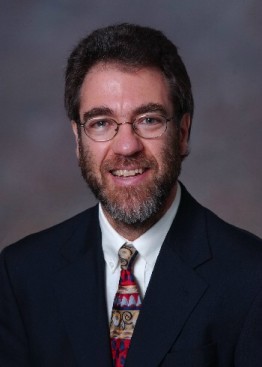
The Emergence of the Informatics Practitioner
William Hersh, MD
Professor and Chair
Department of Medical Informatics & Clinical Epidemiology
Oregon Health & Science University
As we enter 2011, the first year of incentive payments for “meaningful use,” it is amazing to step back and contemplate the many changes in the biomedical and health informatics field since its inception in the 1960s and even since my entry into it in the late 1980s. Some of these changes have been due to changes in technology, e.g., from the teletype and punch card computers of the 1960s to the advent of personal computers in the 1980s to the current era of high-powered computers and smaller devices connected to the ubiquitous global Internet. Other changes have come from scientific maturation of the field, such as a better understanding of the proper role for computerized clinical decision support and the emergence of enabling technologies from genomics and related areas.
In addition to the technology and the science, there has also been profound change in the professional work of informatics. When the field started to develop in the 1960s, and even when I assumed my first faculty position in the early 1990s, most who worked in informatics thought of themselves as researchers. The primary work of academic informatics departments was research and development. Most who were trained in the field obtained fellowships and/or advanced degrees. While many academic informaticians took on some operational roles in their institutions, the focus of that work was mainly implementing novel cutting-edge technology. Research, meanwhile, focused on developing new systems, models, and algorithms to meet what we thought were the needs of clinicians, scientists, consumers, and others.
The last decade, and especially the last few years, have brought even more profound change. One of the biggest of these is the emergence of the informatics practitioner (or professional). Now that the use of information technology (IT) has become a routine (if mission-critical) activity of healthcare and other health-related organizations, there is growing recognition of the need for skilled individuals who understand both the technology and its use in a given underlying health domain. These professionals need not be highly technical, though they must be facile with IT and, perhaps more importantly, savvy with the management and analysis of information.
The jobs of informatics practitioners are diverse. These individuals may undertake tasks such as extracting data from “dirty” data sources (such as clinical records) for quality measurement and improvement. They may serve as champions or implementers for information systems to meet the needs of these organizations. They might maintain large bioinformatics databases or use them to analyze the data of researchers with whom they collaborate. At the top end of organizations, the chief information officer (CIO) or chief medical information officer (CMIO) increasingly provide key strategic leadership around information systems and use of the data within them.
A number of academic informatics faculty who grew up in the earlier era have not recognized the change. I have to admit that I realized it earlier than most mainly because of the demands from students in our nascent educational programs asking to learn more about how to implement systems than do research. Many academic leaders still have difficulty discerning between the differences in training researchers and practitioners.
I do not, however, see the emergence of informatics practitioners or educational programs designed for them as being at odds with the research mission of academic informatics departments. In fact, I view it as complementary. All mature fields, certainly those in the health professions such as a Department of Medicine, have both practitioners as well as researchers and educators. The researchers discover new knowledge and techniques while the educators disseminate it to the practitioners. All professions have academic departments whose missions entail both research and education. I see this starting to occur in informatics programs around the world and is certainly the modus operandi of our department at Oregon Health & Science University (OHSU).
With the large investments being made in health IT, along with the need and desire for us baby boomers to manage our increasing use of healthcare, I see a bright future for informatics practitioners. The informatician will rightfully take his or her place on the larger healthcare team, delivering needed expertise on the integration and coordination of information for optimizing people’s health.
.
Become a member of HITECH Answers. Learn more here. Membership is free for providers and hospitals.
